SLUSAU4B DECEMBER 2011 – February 2019 TPS53219A
PRODUCTION DATA.
- 1 Features
- 2 Applications
- 3 Description
- 4 Revision History
- 5 Pin Configuration and Functions
- 6 Specifications
-
7 Detailed Description
- 7.1 Overview
- 7.2 Functional Block Diagram
- 7.3
Feature Description
- 7.3.1 Enable and Soft-Start
- 7.3.2 Adaptive ON-Time D-CAP Control and Frequency Selection
- 7.3.3 Small Signal Model
- 7.3.4 Ramp Signal
- 7.3.5 Adaptive Zero Crossing
- 7.3.6 Output Discharge Control
- 7.3.7 Low-Side Driver
- 7.3.8 High-Side Driver
- 7.3.9 Power Good
- 7.3.10 Current Sense and Overcurrent Protection
- 7.3.11 Overvoltage and Undervoltage Protection
- 7.3.12 UVLO Protection
- 7.3.13 Thermal Shutdown
- 7.4 Device Functional Modes
- 8 Application and Implementation
- 9 Power Supply Recommendations
- 10Layout
- 11Device and Documentation Support
- 12Mechanical, Packaging, and Orderable Information
Package Options
Mechanical Data (Package|Pins)
- RGT|16
Thermal pad, mechanical data (Package|Pins)
- RGT|16
Orderable Information
6.6 Typical Characteristics
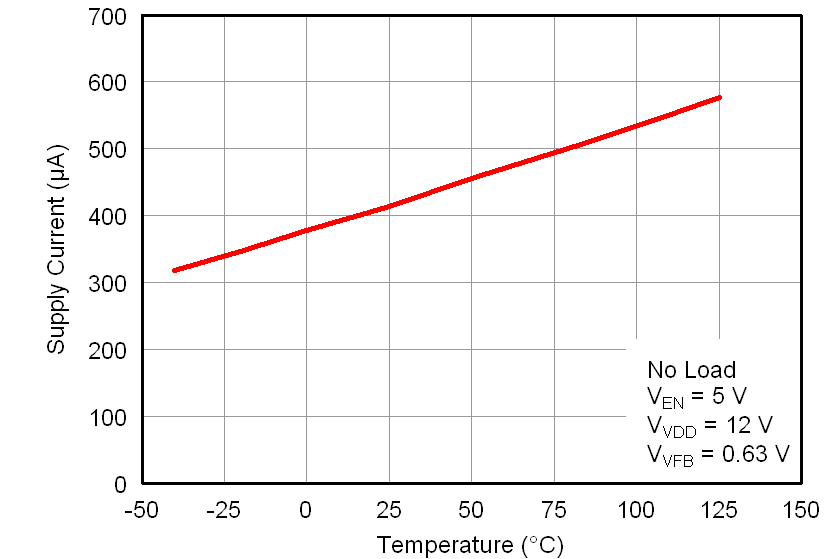 Figure 1. VDD Supply Current vs Temperature
Figure 1. VDD Supply Current vs Temperature 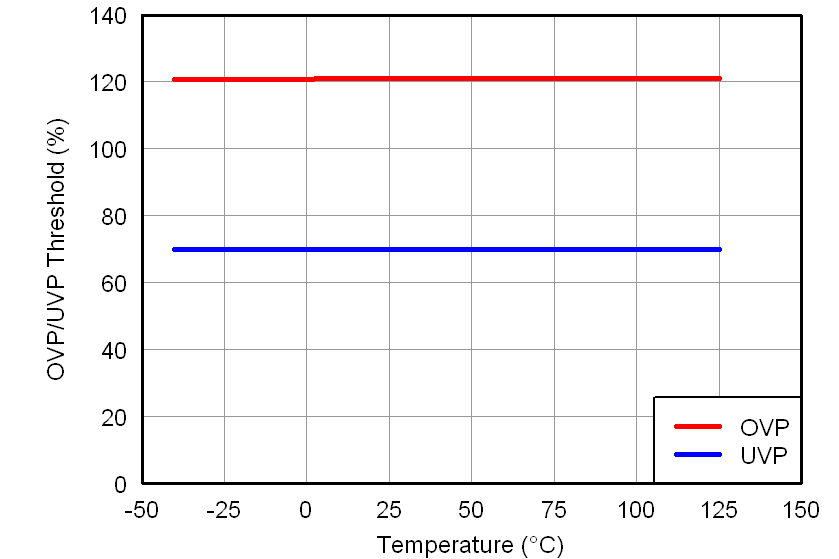 Figure 3. OVP/UVP Threshold vs Temperature
Figure 3. OVP/UVP Threshold vs Temperature 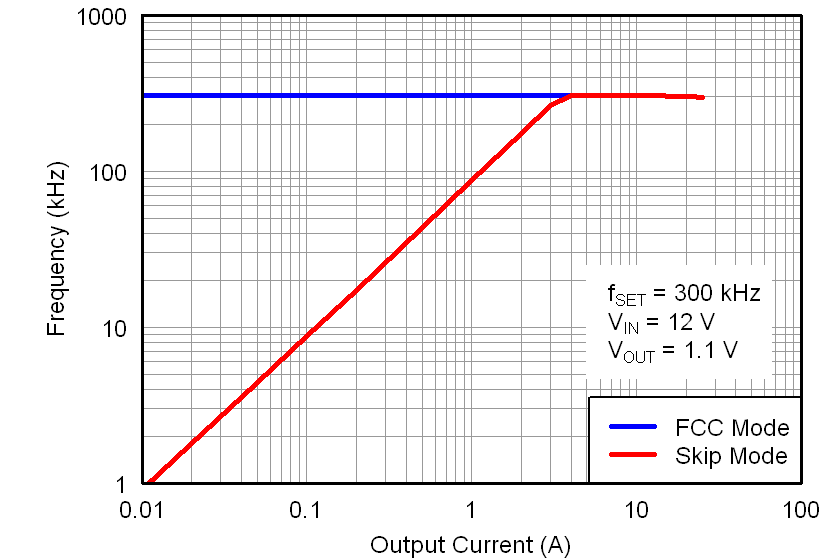 Figure 5. Switching Frequency vs Output Current
Figure 5. Switching Frequency vs Output Current 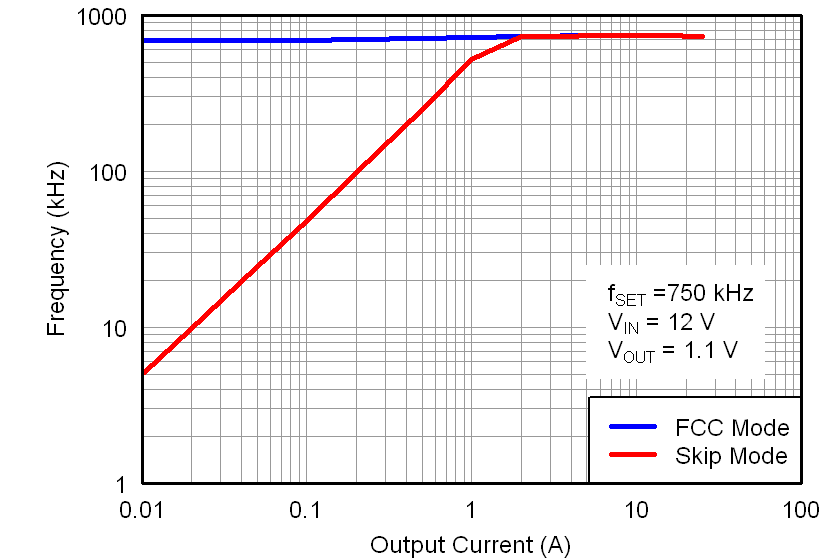 Figure 7. Switching Frequency vs Output Current
Figure 7. Switching Frequency vs Output Current 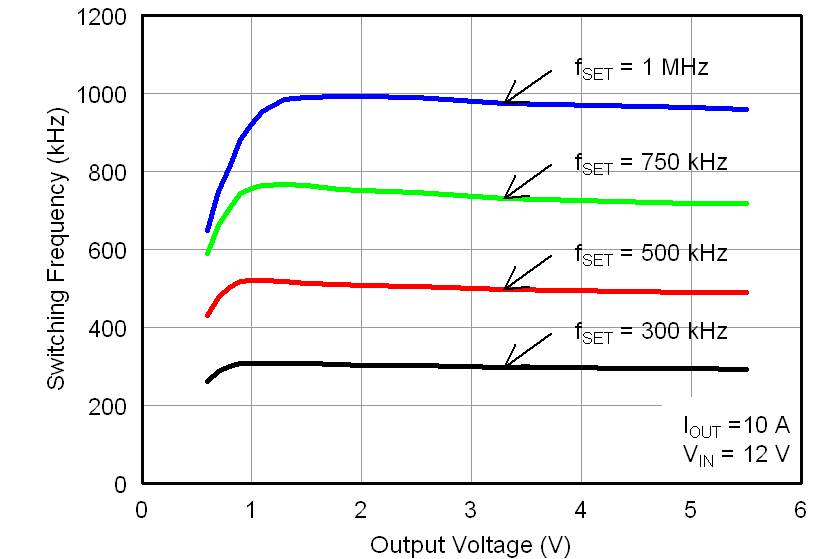 Figure 9. Switching Frequency vs Output Voltage
Figure 9. Switching Frequency vs Output Voltage 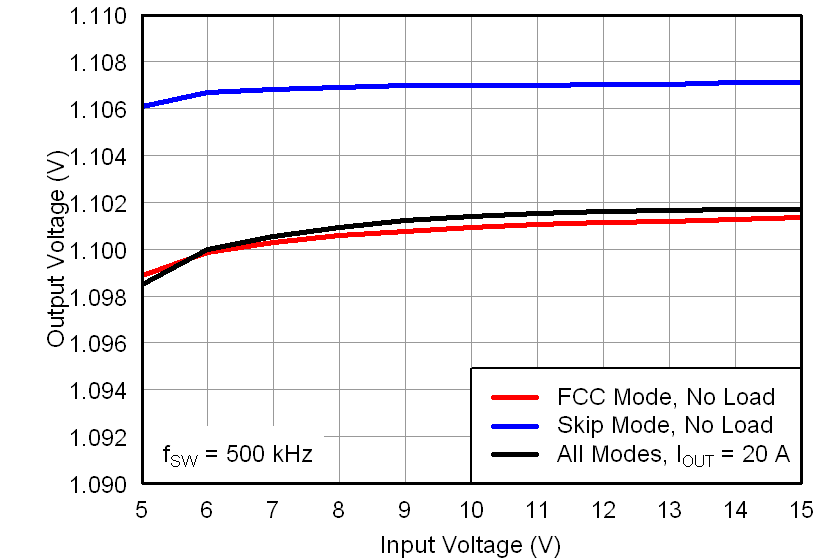 Figure 11. Output Voltage vs Input Voltage
Figure 11. Output Voltage vs Input Voltage 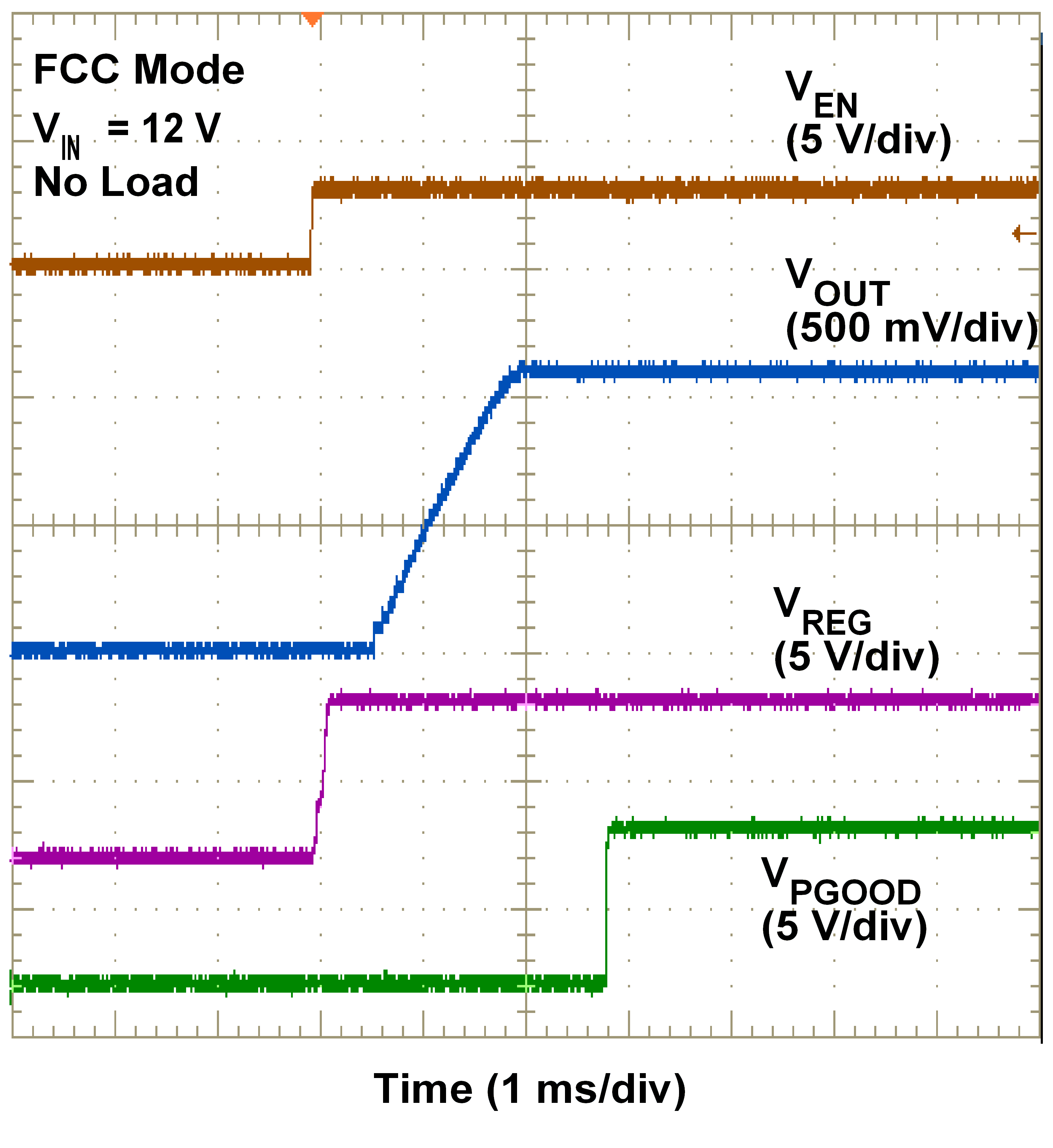 Figure 13. Start-Up Waveform
Figure 13. Start-Up Waveform 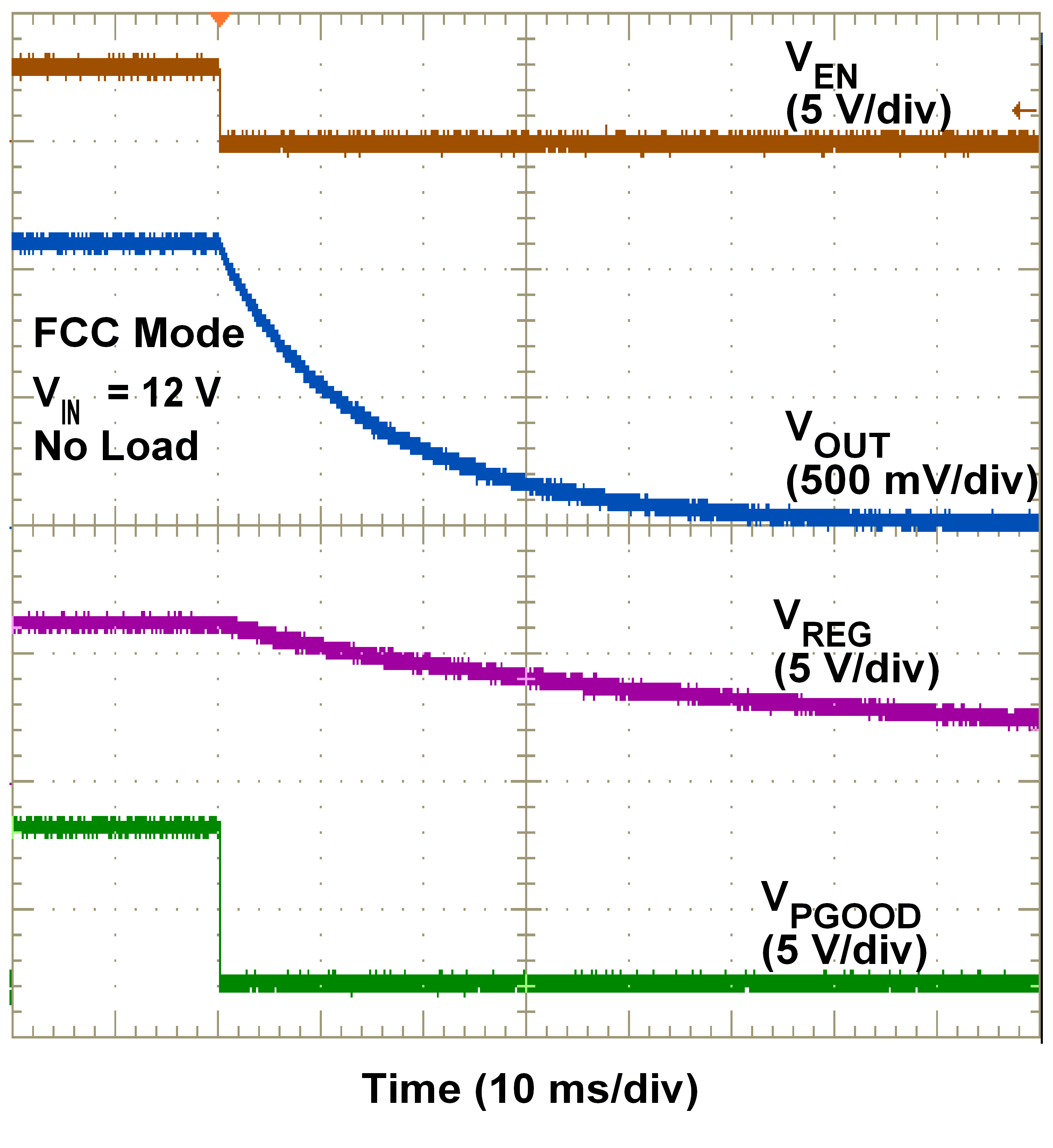 Figure 15. Turnoff Waveform
Figure 15. Turnoff Waveform 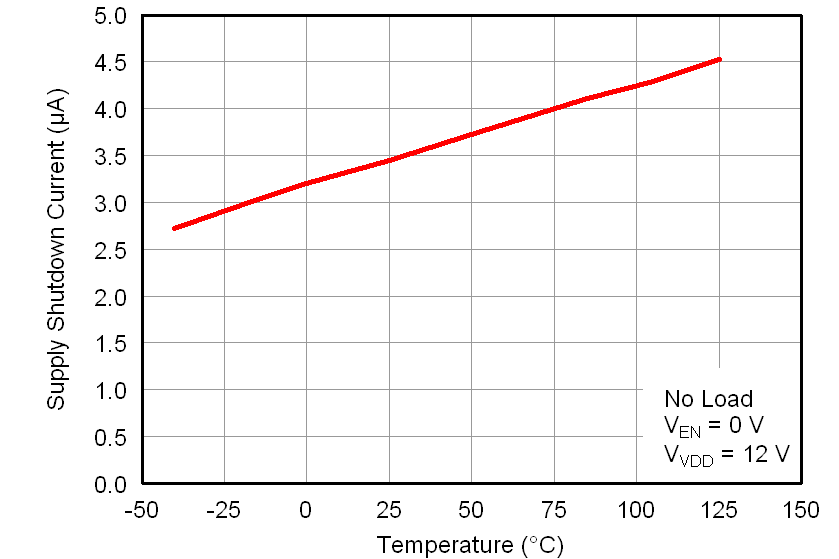 Figure 2. VDD Shutdown Current vs Temperature
Figure 2. VDD Shutdown Current vs Temperature 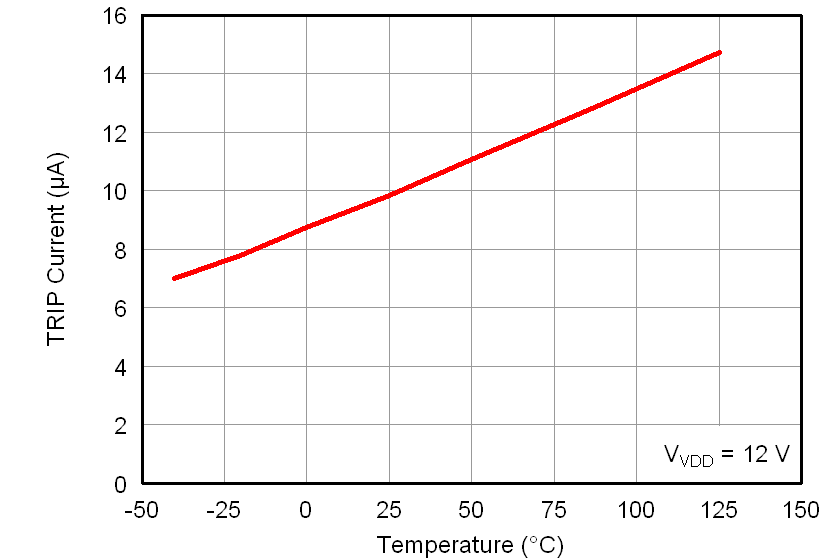 Figure 4. TRIP Pin Current vs Temperature
Figure 4. TRIP Pin Current vs Temperature 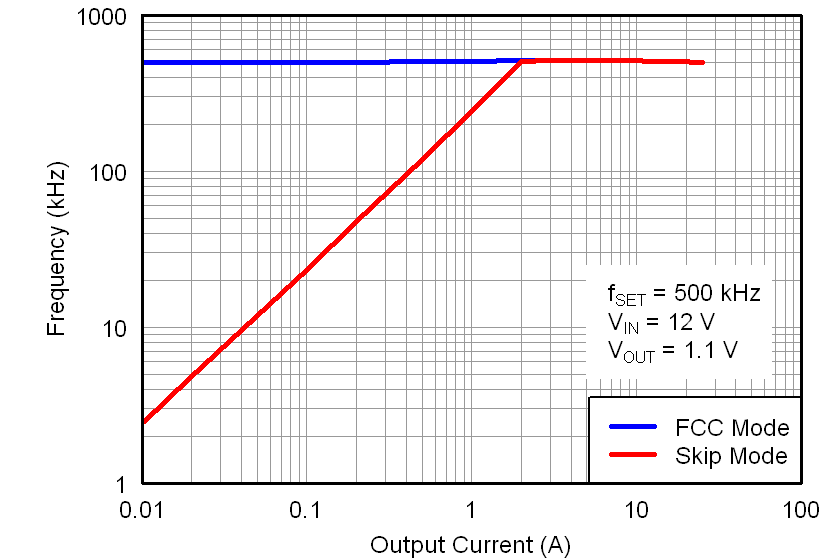 Figure 6. Switching Frequency vs Output Current
Figure 6. Switching Frequency vs Output Current 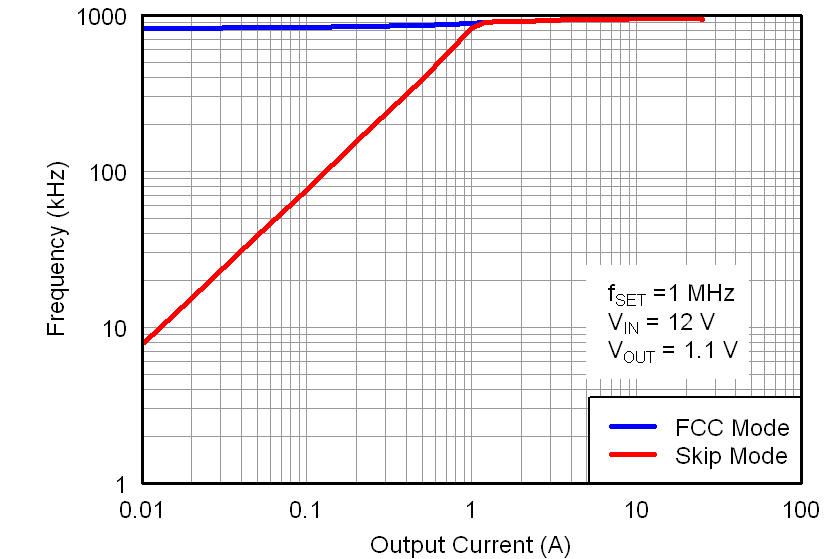 Figure 8. Switching Frequency vs Output Current
Figure 8. Switching Frequency vs Output Current 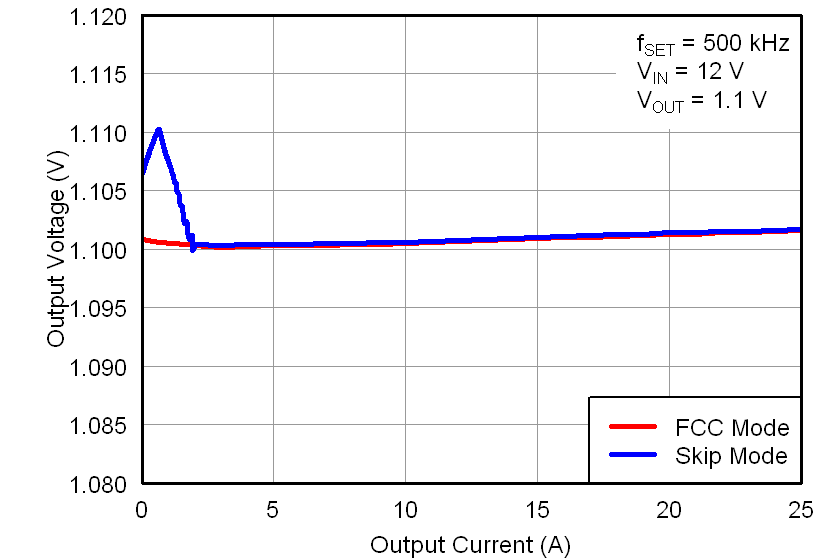 Figure 10. Output Voltage vs Output Current
Figure 10. Output Voltage vs Output Current 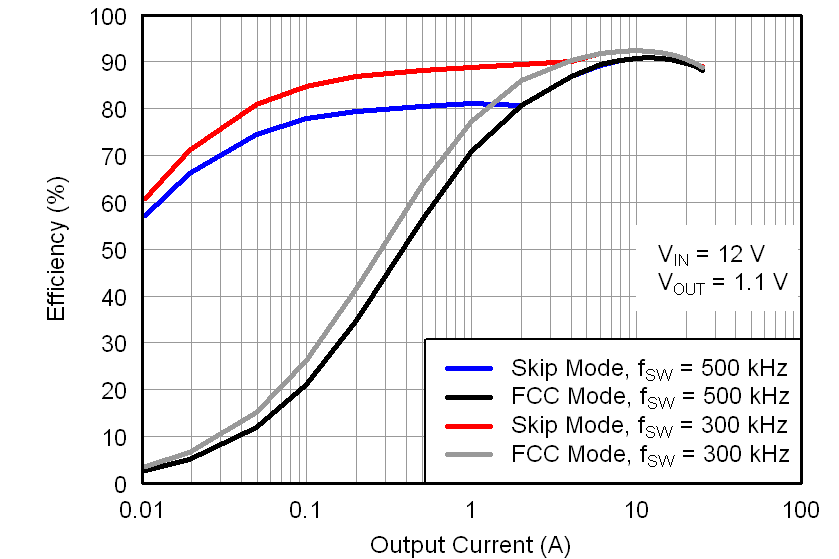 Figure 12. Efficiency vs Output Current
Figure 12. Efficiency vs Output Current 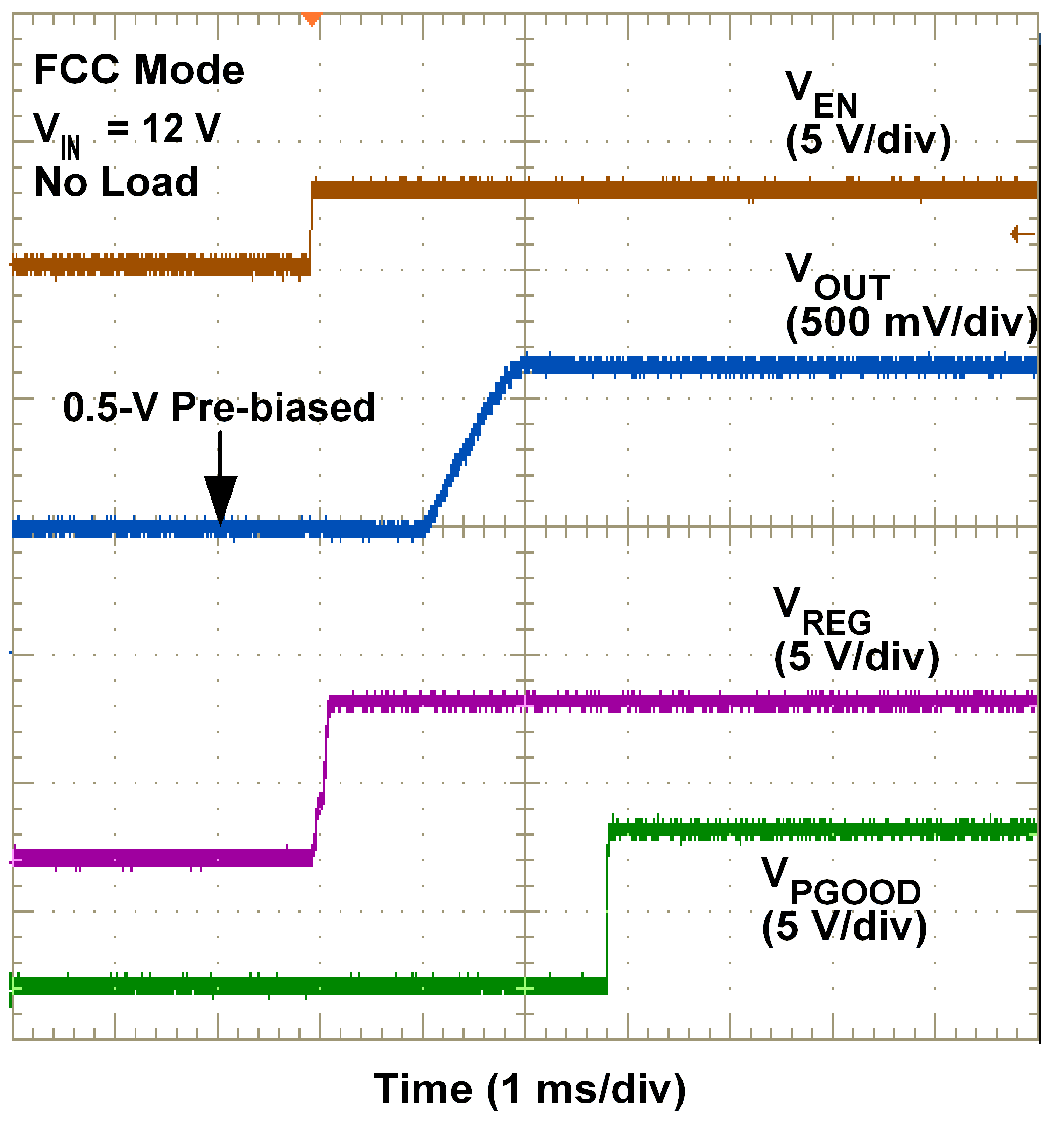 Figure 14. Prebias Start-Up Waveform
Figure 14. Prebias Start-Up Waveform 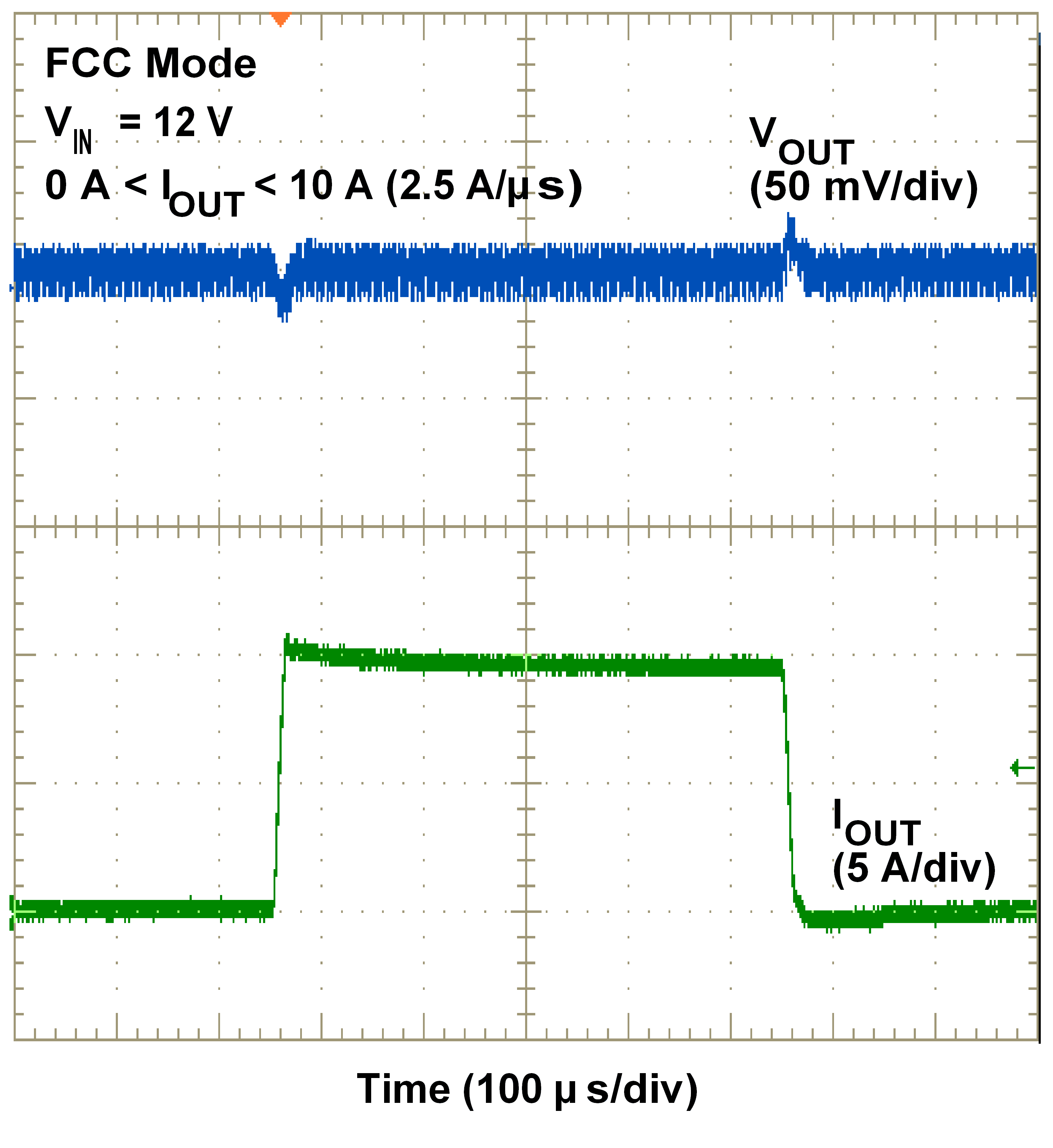 Figure 16. Load Transient Response
Figure 16. Load Transient Response